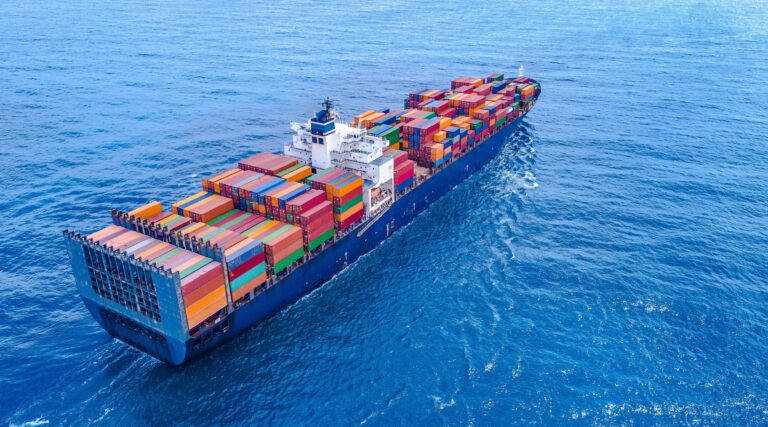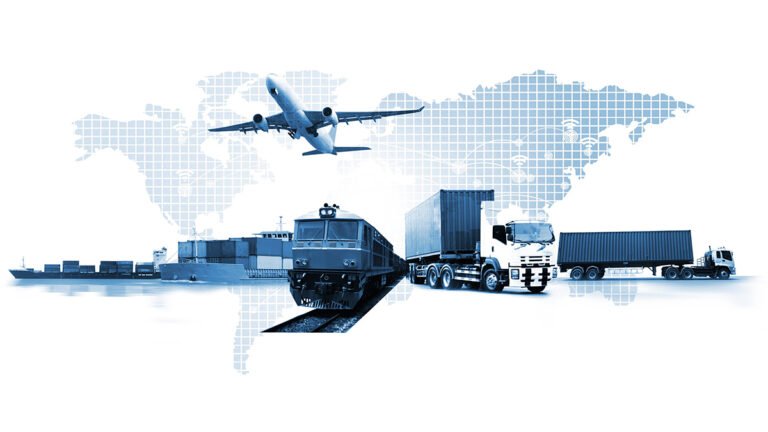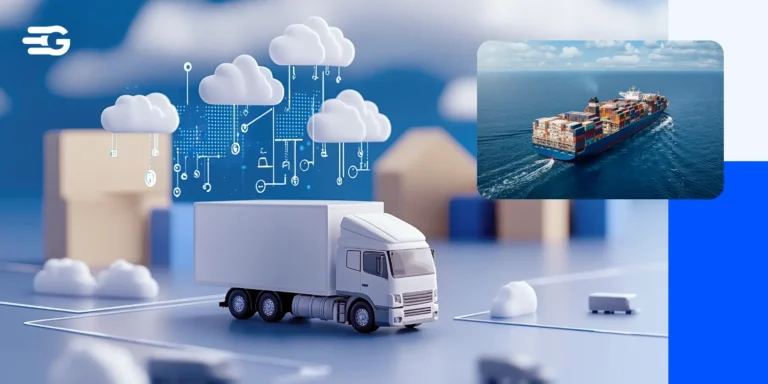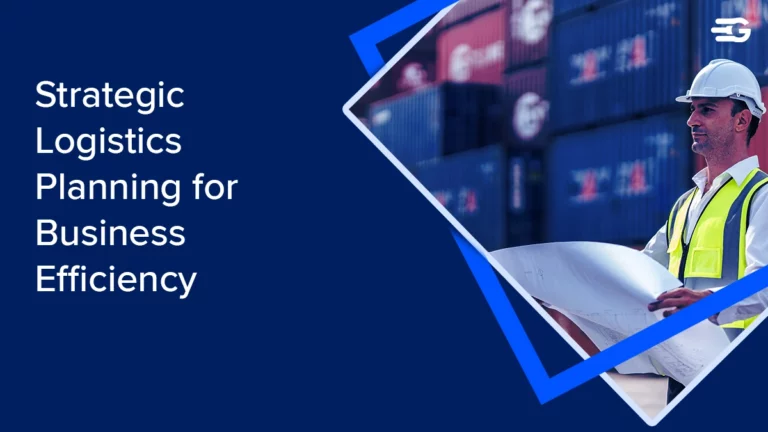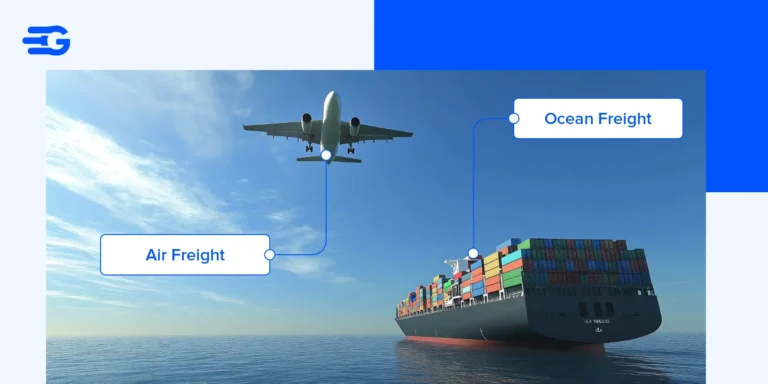7 Supply Chain Trends in 2023
The global supply chain trends are a result of the quickly developing logistics industry and keeping up with the current era’s rapid technological breakthroughs. Although it can be challenging for supply chain managers and business executives to keep up with these developments, doing so is essential to maintaining the resilience of your supply chain and boosting the success of your company. Staying ahead of the supply chain management (SCM) trends that are influencing SCM’s future is preferable to following change’s heels. Continue reading to discover the newest supply chain trends.
Supply Chain Trends in 2023
- Automation and artificial intelligence
Automation and artificial intelligence (AI) are being used more often across a wide range of industries. Automation is essentially a machine carrying out a sequence of tasks, and it has been around for decades. Automation uses technology to reduce the need for human input. Automation lacks intelligence, so the machinery can only carry out the tasks for which it has been specifically programmed.
On the other hand, artificial intelligence (AI) aims to imitate elements of human intelligence and has the ability to “learn” on its own to help with harder, more complicated jobs. AI still needs some human input, but it also uses machine learning to make decisions on its own, without specific guidance from a human.
There are numerous ways to integrate automation and AI into your company’s process. Consider using AI-based solutions for intelligent procurement, inventory management, and even transportation routes in supply chain management procedures. AI can potentially be used for automated supply chain tracking in the future.
The key is identifying chores and procedures that will enable you to save time or energy; frequently, the best duties are laborious or difficult. These kinds of jobs can be automated, allowing you to spend more time on things that only a person can complete and maximizing your investment. This is the most important of all the other supply chain trends.
- Customization
Expect to see a higher level of personalization in various supply chain segments, which may necessitate segmenting your supply chain and developing unique strategies and approaches for each fragment.
Customization expansion becomes more feasible as you focus on enhancing other supply chain elements. For instance, if you can automate your order processing system by segregating regular orders into one area and customized orders into another, you might find it easier to manage unique custom orders. Basically, you may focus more time and attention on product customization if you seek ways to streamline other aspects of your organization. This is a supply chain trend to look out for.
- Internet of Things
This is not just a part of upcoming supply chain trends but a general way of life all across the globe. The Internet of Things (IoT) is a network of actual physical things that are digitally connected and reachable from any location thanks to a wireless network. IoT already has a considerable impact on the supply chain, especially in logistics, but with more and more applications, its significance is only expected to increase. By 2030, there will likely be more than 25.4 billion IoT devices, according to research.
Depending on the IoT devices you own, you may be able to combine them with other technological advancements to achieve even larger benefits. For example, the data gathered by a sensor in one of your warehouses might offer useful information that enables you to automate other procedures, including forecasting and asset tracking. Given how digitization is among the fierce supply chain trends, this high level of interconnectedness is crucial.
- Digitization
Information converted into a digital format is referred to as digitization. Digitization is a must for guaranteeing the supply chain’s future. According to experts, successful supply chain digitization may streamline, mobility, and resiliently strengthen your whole supply chain, all of which are very advantageous for your company’s bottom line. In e-SCM, also known as electronic supply chain management, this is a significant development.
Remember that switching to digital can be difficult if you haven’t gone completely digital. To fulfill the needs of your organization, you must choose the appropriate technology, deploy it properly, and resolve any internal issues that may arise. You cannot, however, afford to ignore digitization.
- Risk mitigation and adaptability
The supply chain is continually in danger of disruption in a world that is becoming more volatile and unpredictably organized. You have no control over the weather, political outcomes, or the consequences of a pandemic that has never been seen before, but you do have influence over how your supply chain responds to these challenges.
It is your obligation to reduce risk as much as you can to ensure that your supply chain is steady even in tumultuous times. Consider acquiring raw resources from another region if, for instance, the one from which they are now coming is politically unstable. In the event that something changes, you may immediately pivot and lessen the effects of the disruption. Simply said, anticipating the disturbance and planning your strategy beforehand can help you succeed whether or not it is a part of supply chain trends.
- Higher Visibility
Transparency and visibility, or the capacity to trace components or goods from the manufacturer to the following processing facilities or the end user, are among the factors that are most crucial for the supply chain management. To strengthen your supply chain as a whole, more visibility will enable you to better understand the overall state of your supply chain as well as the status of individual links. Additionally, visibility guarantees that all stakeholders, including customers and internal parties, have easy access to data.
Increasing visibility is now a highly attainable objective for many firms as a result of the supply chain’s digitization. You and your team can instantly access information on any link in your chain with the correct technical solutions. Supply chain management technology, which includes IoT, AI, machine learning, RFQ management software, Container tracking, and a real-time port congestion database, is one of the most often used technologies for supply chain visibility.
You can stop minor problems, like order errors or delivery delays, and respond to difficulties more rapidly if your supply chain is more transparent. It’s critical to have quick and simple access to that kind of information if you want to improve the effectiveness, dependability, and resilience of your organization’s whole supply chain.
- Cloud-Based Solutions
Cloud-based software solutions are the future of supply chain management, much like digitization. Solutions for supply chain management that are localized and traditional will not suffice. You want precise, adaptable, and easily available solutions for your business in order to remain competitive. This is as crucial as digitization and automation supply chain trends.
For supply chain management software approaches are advantageous. SaaS is not only dependable and secure but also very effective and practical. You and your team may access the data you require at any time and from any location because all of your organization’s data is kept in the cloud. The effectiveness offered by SaaS solutions is essential to help your organization as you transition into an increasingly fast-paced future with a global and digital supply chain.
These modern supply chain trends can also be effective instruments for bolstering your supply chain and making it more adaptable and durable. Future supply chain performance depends on technology integration, so many businesses are digitizing their business processes. Whether you believe in supply chain trends or not, just following and implementing these pointers can help you stand ahead of the competition in 2023.

